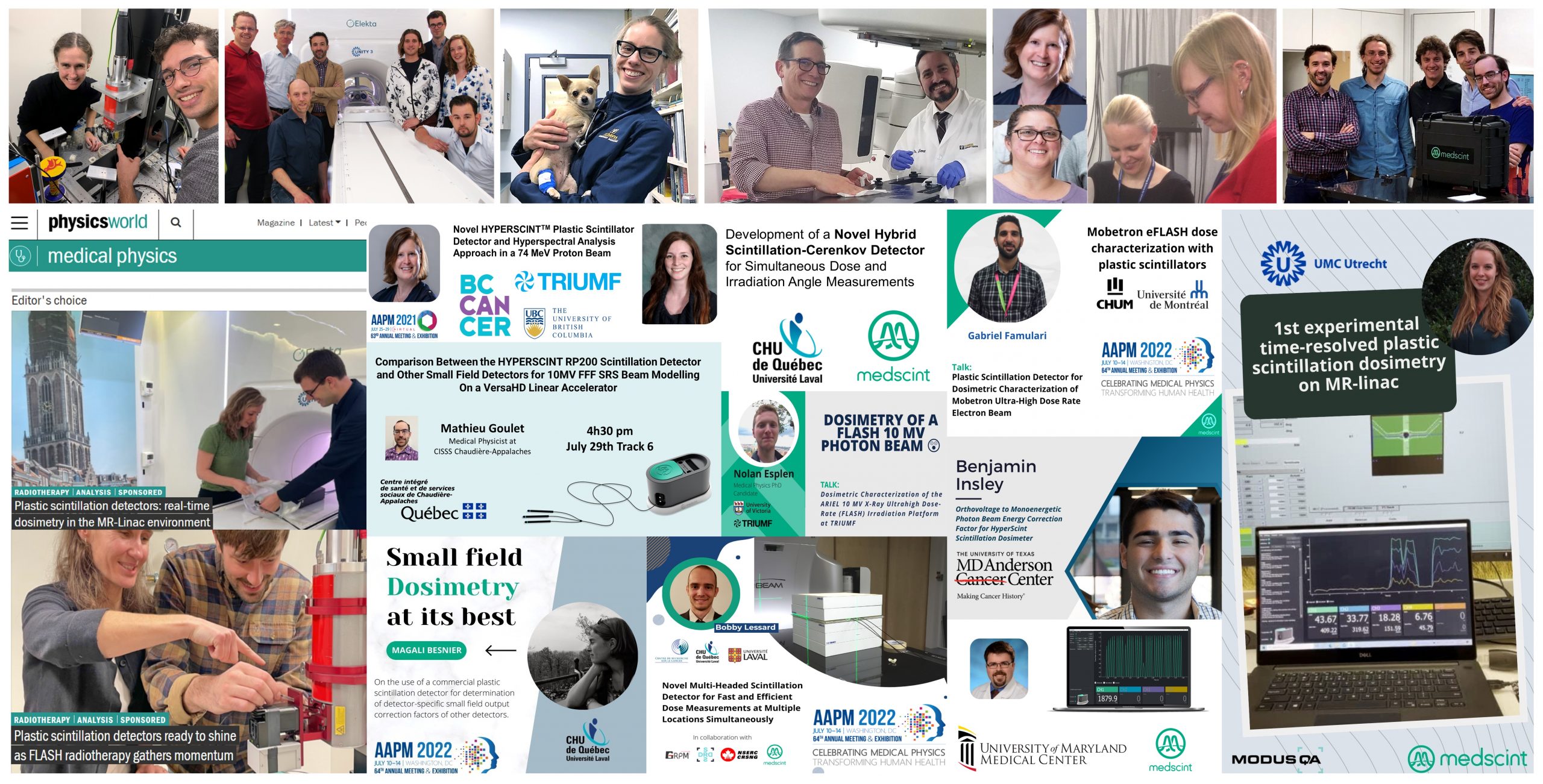Plastic Scintillation Detector for Dosimetric Characterization of Mobetron Ultra-High Dose Rate Electron Beam
The purpose is to present commissioning data for the MOBETRON electron radiation therapy system (IntraOp) at ultra-high dose rate using the HYPERSCINT plastic scintillation detector. The suitability of using a plastic scintillator as an active dosimeter for commissioning measurements of an ultra-high dose rate electron beam has been demonstrated (reference dosimetry, DPP, beam penetration, linearity with number of pulses, linearity with PW and short-term output stability).
